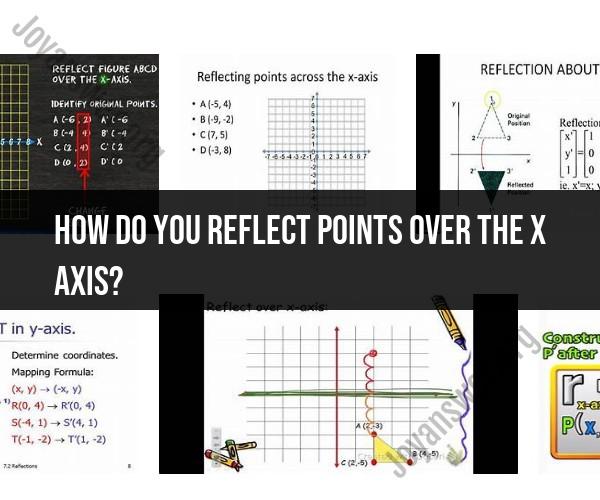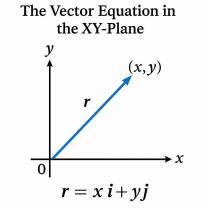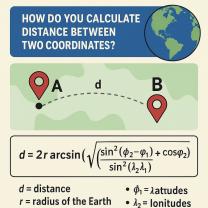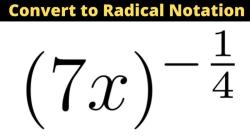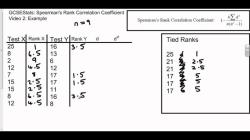How do you reflect points over the x axis?
To reflect a point over the x-axis in a Cartesian coordinate system, you need to change the sign of its y-coordinate while keeping its x-coordinate unchanged. Here are the steps to reflect a point over the x-axis:
Identify the Point: Begin by identifying the point you want to reflect over the x-axis. Let's call this point (x, y).
Change the Sign of the y-coordinate: To reflect the point over the x-axis, you only need to change the sign (positive to negative or negative to positive) of the y-coordinate (the second coordinate). So, if the original point is (x, y), the reflected point will be (x, -y).
For example, if you have a point (3, 4) and you want to reflect it over the x-axis:
Original point: (3, 4)Reflected point: (3, -4)
The x-coordinate remains the same (3), while the y-coordinate changes from 4 to -4.
Here's a visual representation:
- The original point (3, 4) is above the x-axis.
- The reflected point (3, -4) is below the x-axis, and it's the mirror image of the original point with respect to the x-axis.
This reflection is a common transformation used in geometry and graphing to create images or mirror objects across the x-axis.
